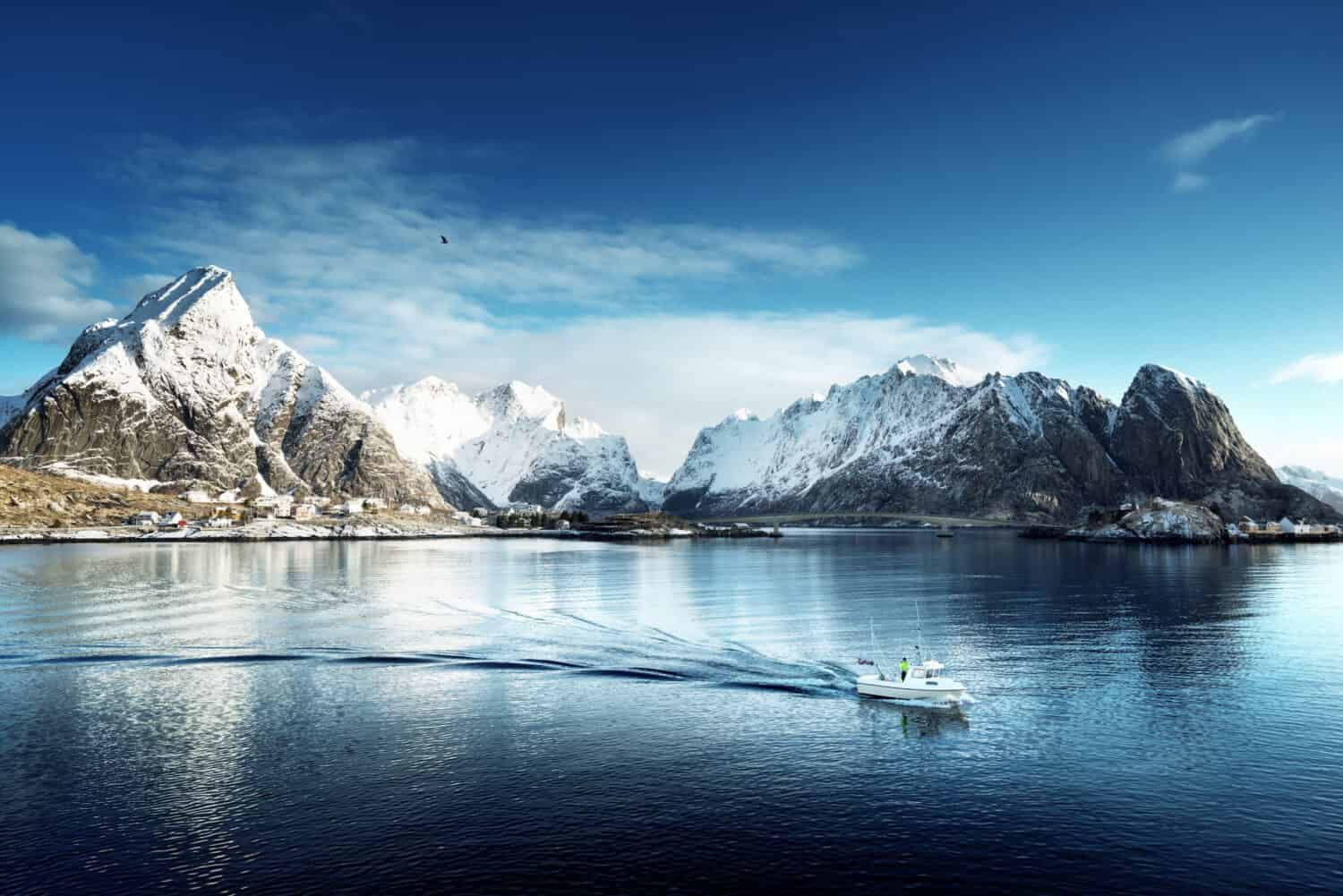Home to more than 700 million people, Europe is one of the smallest continents in the world. However, there are more than 45 countries in the continent and several countries that span two continents. Europe is also home to countries that border seas, oceans, and lakes, creating gorgeous coastlines. They make you take out the camera during sunset to have a memory on your phone you can always go back to.

When it comes to stunning coastlines, many countries take the top of the list, but when it comes to countries with the most coastline in Europe, there are a few different ones. Nevertheless, they’re still beautiful views you’ll want to witness for yourself. Let’s take a look at the 10 countries with the most coastline in Europe along with some fun facts about each of them.
1. Norway

Norway has 51,748 miles of coastline.
©theycallmethewildrose/Shutterstock.com
With a coastline of 83,281 kilometers (51,748 miles), Norway is most famous for its fjords. The glaciers carved out the fjords, creating a unique coastline. Because Norway is so close to the North Pole, Norway is home to arctic animals like polar bears, reindeer, and puffins. The country is very biodiverse because of its size and range, having more than 60,000 species of animals and plants.
Norway is also a mountainous country, where the Scandinavian Mountains serve as the eastern border between Sweden. The country also has 400,000 lakes and over 200,000 islands.
2. Russia
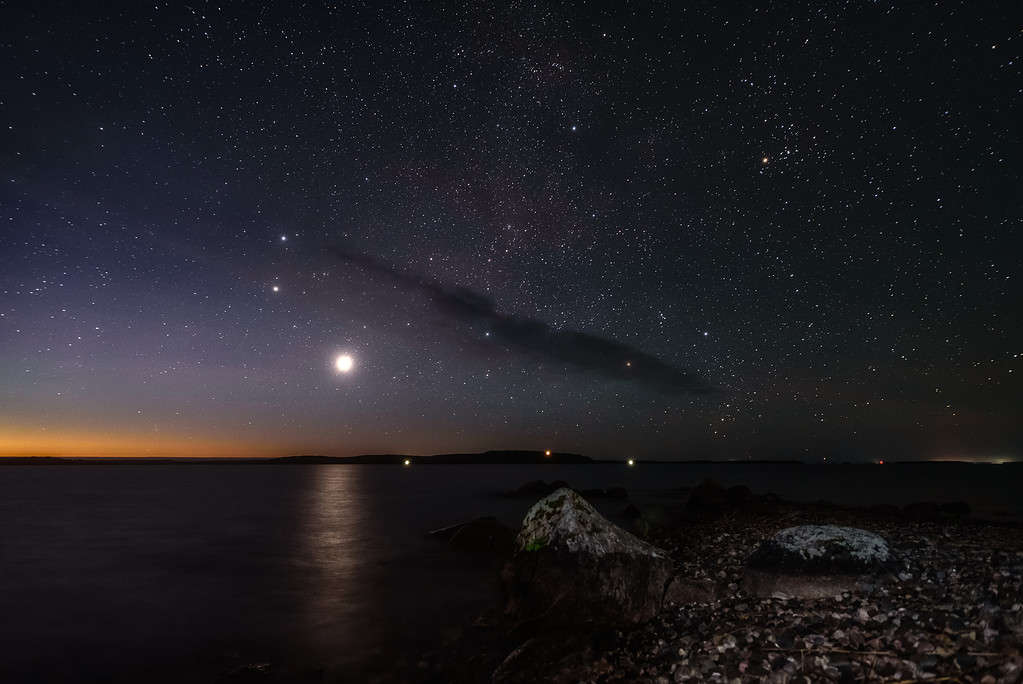
Russia is home to the world’s longest railway, spanning 5,771 miles between Moscow and Vladivostok.
©Andrei Baskevich/Shutterstock.com
Russia is a vast country that spans two continents with many climates. Much of the country’s area is uninhabited as 75% of Russia is covered by tundra and forest, known as the region of Siberia. The country has several mountain ranges, with one of the largest being the Caucasus Mountains which stretches from the Black Sea to the Caspian Sea. Russia is also home to some of Europe’s largest lakes, Lake Ladoga and Lake Onega.
As for Russia’s 37,653-kilometer (23,396-mile) coastline, it is mainly icy as it borders the Arctic Ocean. It is also one of three countries that border three oceans (Canada and the United States are the others).
3. Greece
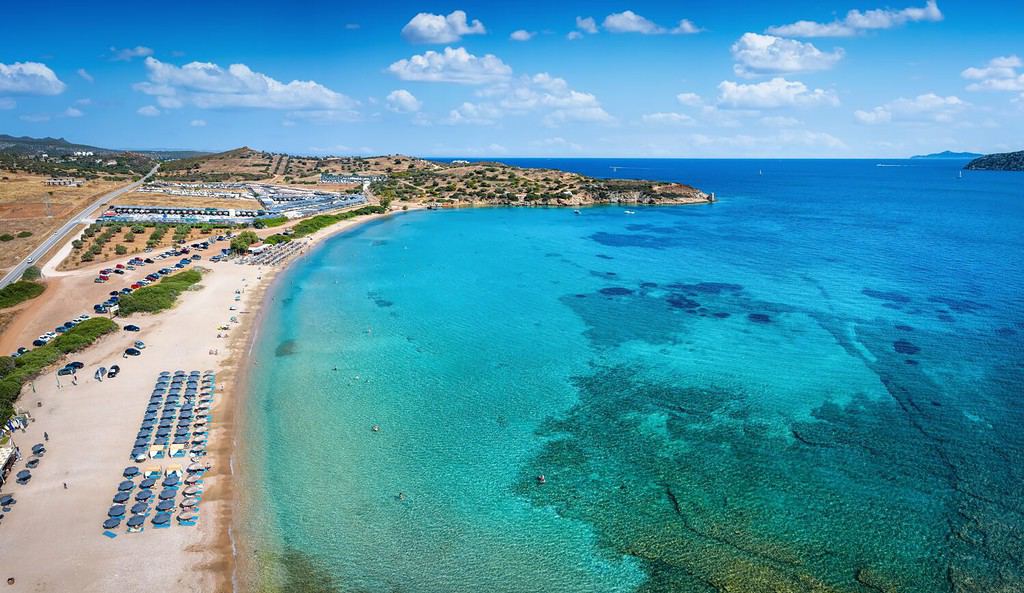
Greece is one of the oldest countries in the world.
©Sven Hansche/Shutterstock.com
Greece is a Mediterranean country located in Southern Europe. It is one of the hottest countries in Europe with sunny days throughout the year, especially in summer. Greece’s coastlines are popular destinations for tourists. There are also over 6,000 islands in the country, many of which are inhabited and tourist havens. Although Greece mainly has a Mediterranean climate, much of its northern regions are covered in mountains and forests.
Because of Greece’s 13,676-kilometer (8,498-mile) coastline, the country is home to a very diverse marine life that includes seahorses, turtles, seals, and sea sponges.
4. United Kingdom
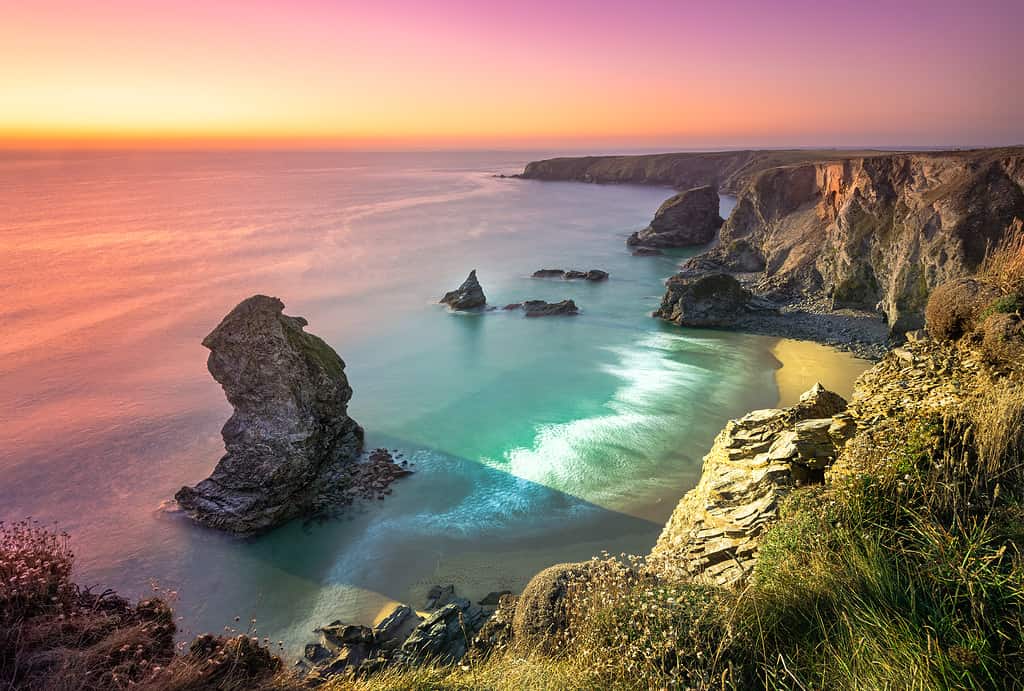
The coastline in the United Kingdom ranges from beaches and marshes to high cliffs.
©fstopphotography/ via Getty Images
With a coastline of 12,429 kilometers (7,723 miles), this island nation has been a historical powerhouse. Monarchs used the sea and the country’s rivers to their advantage in ensuring military and naval strength. The country’s coastline is unique — ranging from beaches and marshes to high cliffs. These bodies of water are home to various species of animals, including dolphins, orcas, and puffins.
The country’s geography as a whole is also diverse. There are mountainous regions in Scotland and Wales, but unfortunately, the country is running out of wild places untouched by humans.
5. Italy

Although Rome is more than 2,000 years old, Italy is a young country that is only 160 years old.
©bluejayphoto/iStock via Getty Images
Shaped like a boot, Italy borders the Mediterranean and Adriatic seas. It has a coastline of 7,600 kilometers (4,722 miles) that are mainly used as beaches. Being a popular tourist destination, visitors flock to Italy’s coast to enjoy their holidays throughout the year. Italy mainly has a Mediterranean climate which makes its coast hot and dry during summer.
In northern Italy, the country is covered by the Alps, a mountain range that includes several countries. This forested region is home to a variety of species of plant life and animals.
6. Denmark
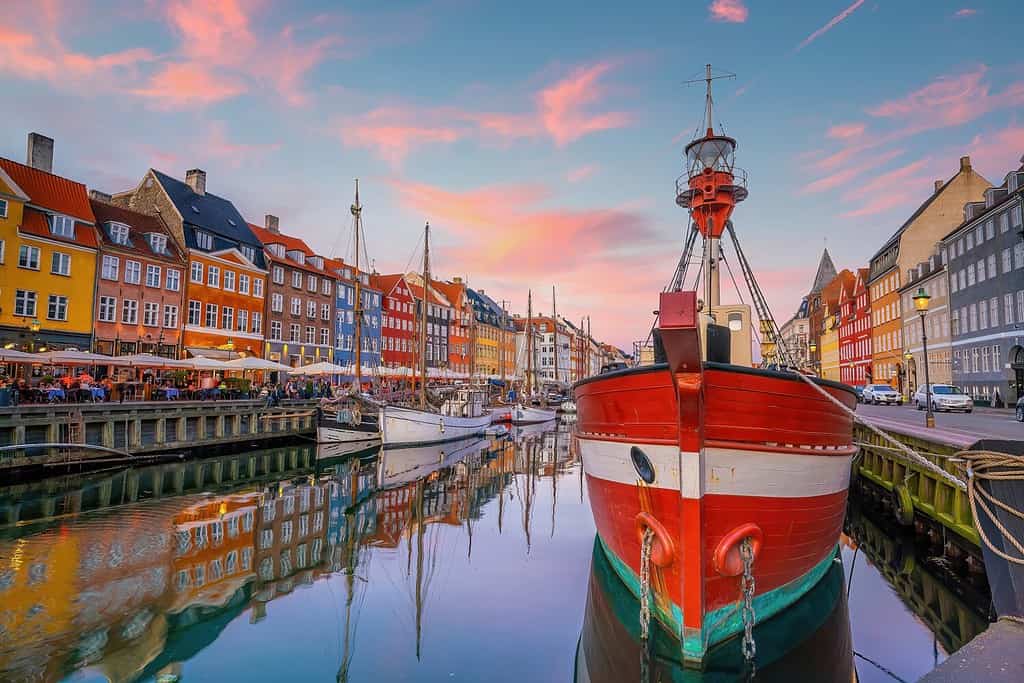
The toy company, LEGOS, was founded in Denmark.
©f11photo/Shutterstock.com
Located in the Jutland Peninsula, Denmark has 7,314 kilometers (4,544 miles) of coastline. It is mainly a flat country, however, its coasts have several sandy beaches, gulfs, and lagoons. Being a Nordic country, Denmark is believed to have a colder climate, but its jet stream creates a milder climate.
Denmark has a lot of marine life diversity, as well as more than 300 species of birds. When it comes to flora, Denmark is one of the highest producers of Christmas trees, as it has many forested areas. Unfortunately, Denmark has been a victim of deforestation in recent years.
7. Turkey
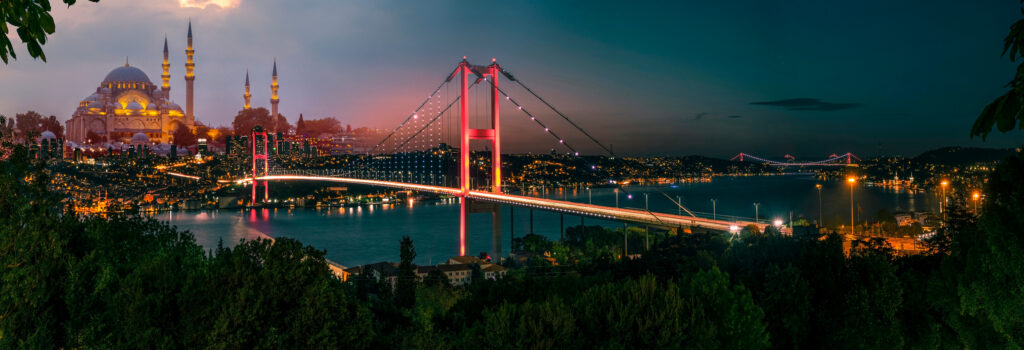
Jesus’s disciple Simon Peter created the first Christian church in Antioch (now Antakya), Turkey.
©Travel Turkey/Shutterstock.com
Turkey’s coastline measures 8,333 kilometers (5,178 miles). Turkey spans two continents and only a small part of the country is located in the European continent. Its western border is next to the Mediterranean Sea, giving the country a warm climate, especially during summers.
In terms of biodiversity, many species of wildlife live in Turkey because of its location in Europe, Asia, and the Middle East. Its climatic regions ensure that there are more than 80,000 species of animals living in the country.
8. Croatia
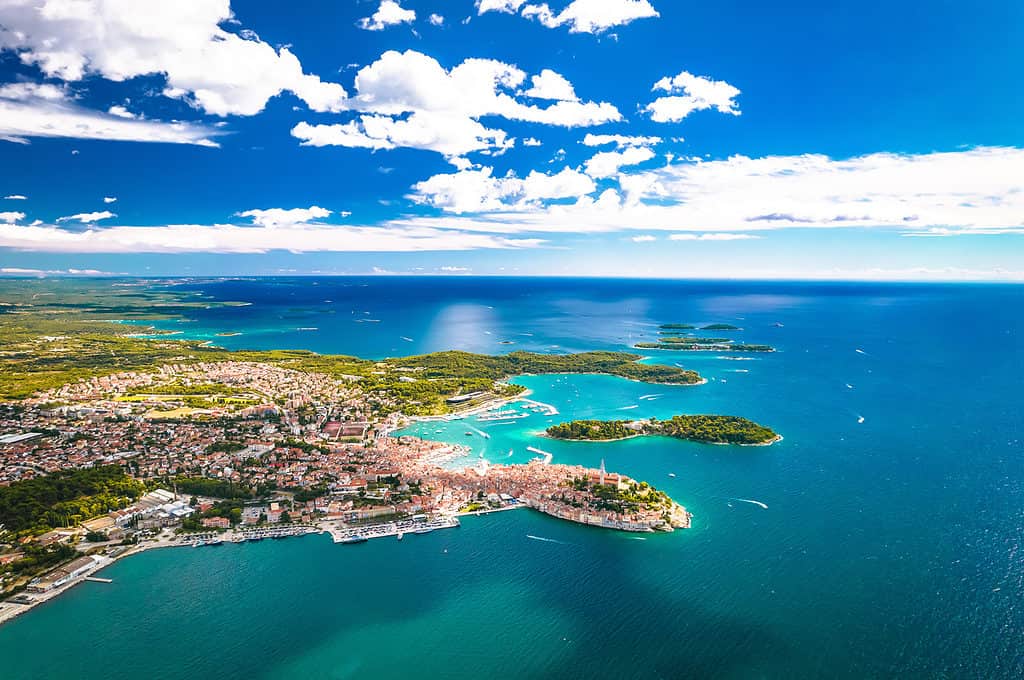
Vinkovci, Croatia is Europe’s oldest inhabited town, being over 8,300 years old.
©iStock.com/xbrchx
Geographically diverse because of its unique location in Europe, Croatia borders the Adriatic Sea along its coastline, but also has mountainous regions along its position in the Balkan peninsula. With a total coastline of 5,835 kilometers (3,626 miles) Croatia is a popular tourist destination with pristine beaches and perfect summer weather.
In its mountainous regions, animal life is diverse and includes wildcats, wild boars, and other mammals. Along its coasts, there are also underwater caves and coral reefs, which are home to diverse marine life.
9. Iceland
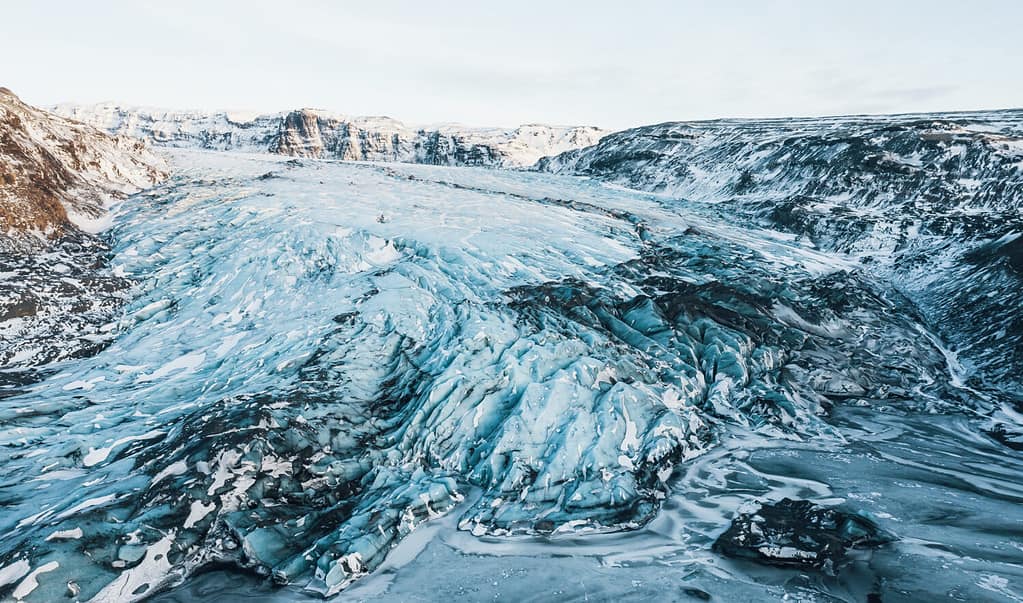
Iceland is one of the safest countries in the world.
©MT-R/Shutterstock.com
With a coastline of 4,970 kilometers (3,088 miles), Iceland is an island nation close to the North Pole. Because of its proximity to the Arctic Circle, glaciers and icy areas abound in the country. You can also catch a glimpse of the aurora borealis, which is a phenomenon of dancing, colorful lights in the night sky.
Iceland has a whopping 200 volcanoes. The island nation is home to many geothermal spas and glacial waterfalls, which have become popular tourist activities.
10. Spain
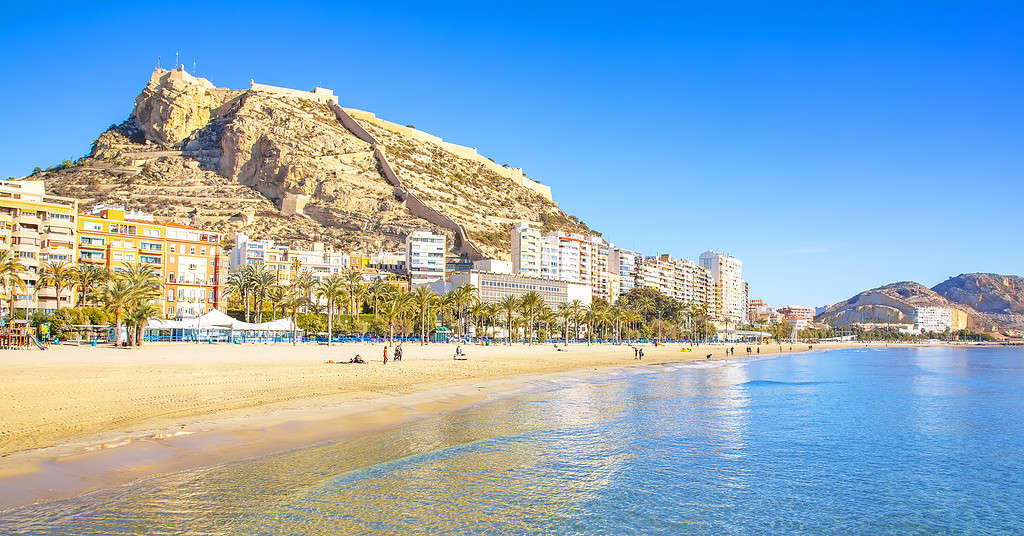
Spain is one of the most influential countries in the world, as Spanish is the 2nd most spoken language in the world.
©arcady_31/iStock via Getty Images
Lastly, we have Spain, a southern European country situated on the Iberian Peninsula. Spain borders the Mediterranean on the east and southern parts of the country, as well as the Atlantic Ocean on the northwest. Spain’s nearly 5,000 kilometers (3,107 miles) of coastlines are filled with beaches popular with residents and tourists alike, as the climate in these beachy regions is near-perfect throughout the year.
Spain’s weather is diverse, ranging from Mediterranean climates to a more oceanic climate in the north where the Pyrenees Mountains keep the region’s weather cooler than the rest of the country.
Conclusion
And there you have it, the 10 countries with the most coastline in Europe. These coastlines have served many purposes in the past — from important military and economic spots to touristic destinations.
The rugged coastlines of European countries are unique. When you have the opportunity to visit these countries, you’ll be in awe of the beauty before you. And when you do make it to one of these gorgeous coastlines, take a mental snapshot of the sea view, as you cuddle up with your friend and a delectable glass of wine.
Discover the 10 Countries with the Most Coastline in Europe
| Rank | Country | Coastline |
|---|---|---|
| 1 | Norway | 83,281 kilometers |
| 2 | Russia | 37,653 kilometers |
| 3 | Greece | 13,676 kilometers |
| 4 | United Kingdom | 12,429 kilometers |
| 5 | Italy | 7,600 kilometers |
| 6 | Denmark | 7,314 kilometers |
| 7 | Turkey | 8,333 kilometers |
| 8 | Croatia | 5,835 kilometers |
| 9 | Iceland | 4,970 kilometers |
| 10 | Spain | 4,964 kilometers |
Thank you for reading! Have some feedback for us? Contact the AZ Animals editorial team.

